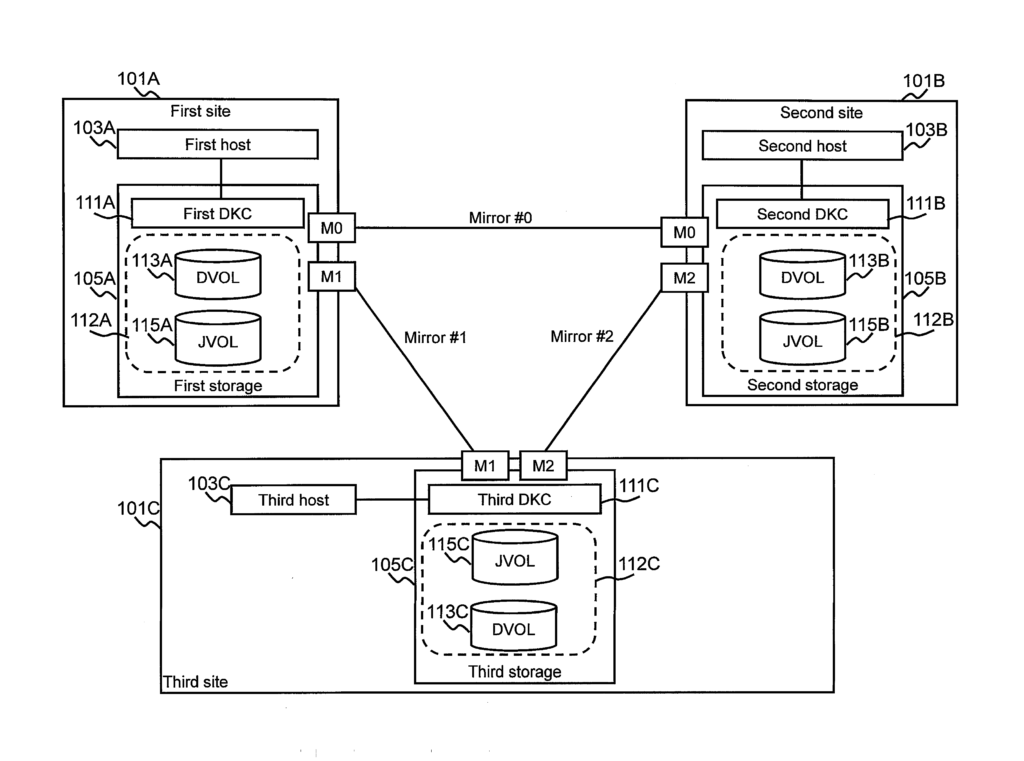Reliable Asynchronous Data for Secure Backups
Introduction
This patented asynchronous remote copy system provides a powerful solution for businesses that need to ensure data continuity across geographically dispersed locations. Designed to offer secure and efficient data replication, this system is built for industries requiring rapid, reliable data backups and seamless disaster recovery. The technology enables organizations to confidently store and access critical data, even across great distances, ensuring both operational continuity and data security.
Common Challenge: Data Consistency and Real-Time Replication
Many businesses rely on remote backup solutions to protect their data, but traditional synchronous replication systems often demand high bandwidth and significant system resources. These systems can experience lags or bottlenecks, particularly over long distances, which affect data consistency and backup speed. As organizations scale and spread their operations globally, the need for a fast, asynchronous replication solution becomes essential to maintaining secure and reliable access to data while reducing operational costs.
Efficient Replication with Adaptive Asynchronous Control
This advanced asynchronous data replication technology addresses these challenges by managing remote copy processes without taxing system resources or requiring constant network availability. Utilizing an intelligent control method, the system efficiently schedules data updates to avoid network congestion, enhancing data transfer speeds without compromising data integrity. The asynchronous approach reduces dependency on network conditions, allowing for flexible replication times that keep data backups current and accessible, even in the event of a primary system failure.
Key Benefits Across Critical Sectors
For cloud providers and IT infrastructure managers, this system offers a robust backup solution that minimizes network load and reduces latency issues commonly associated with data replication over long distances. Disaster recovery teams benefit from fast, dependable data synchronization, providing uninterrupted service to clients during critical events. Enterprises in finance, healthcare, and other data-sensitive industries will appreciate the system’s capacity to ensure data integrity while avoiding the operational strains typical of synchronous replication. Additionally, this technology is compatible with diverse storage environments, making it ideal for organizations with complex data ecosystems.
Invest in Data Security and Continuity
Licensing this reliable asynchronous data replication system gives your organization a strategic advantage in data management and disaster recovery. With its adaptive control for efficient, remote data replication, this technology provides both flexibility and security, keeping critical information available regardless of network challenges or geographical constraints. It’s an essential tool for industries committed to maintaining data integrity and operational stability, positioning your organization at the forefront of dependable data backup solutions in a digital world.

- Abstract
- Claims
The invention claimed is:
Share
Title
Asynchronous remote copy system and storage control method
Inventor(s)
Masamitsu Takahashi, Katsuhiro Okumoto
Assignee(s)
Hitachi Ltd
Patent #
8495014
Patent Date
July 23, 2013
